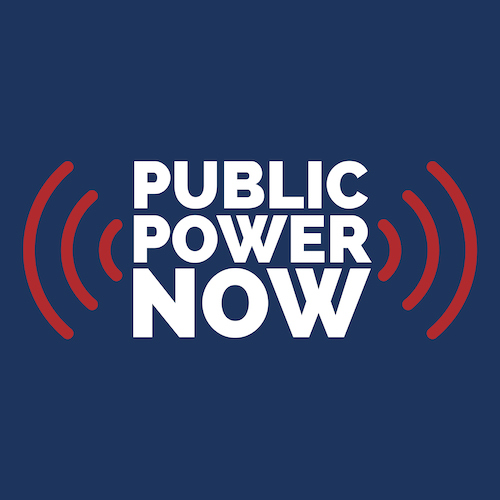Tech companies are starting to recognize that they can’t just arrive in a community and expect utilities “to solve their problems” as it relates to the development of data centers, said Mike Dammer, Manager of Emerging Technology at Florida public power utility Lakeland Electric.
He made his remarks on Oct. 29 at the Florida Municipal Electric Association’s 2025 FMEA Energy Connections Conference & Trade Show in Jacksonville, Fla.
There is a need to think “more holistically” about load growth “because a data center is simply that – it’s load growth and we’ve dealt with load growth for a hundred years,” he said.
“What we want to start talking about is how do we start thinking about this differently with all of the new technology that’s coming out, with everything that’s happening – how do we start to plan around new technologies, new loads, different loads and what that is,” he said.
Dammer noted that some utilities are saying “Oh my God, data centers are coming in. We’ve got to have a solution. Do we? Do we need to have a plan? If Google calls you and says – I’m putting a two gigawatt data center in your backyard and I’m doing it next week. Well, let’s have a conversation about that because we’re obviously not going to be able to support that.”
He said that tech companies “know this. They understand this. They have started to recognize that they can’t just come in and expect us to solve their problems. They need to be part of the solution and that’s actually something that we as utilities have gotten a little bit used to. We’re used to that mentality.”
Dammer said that unless “you’re getting direct questions from data center companies saying I want to come to your city, I want to come and put a data center down, we can probably breathe a little bit easier.”
He noted that Lakeland, Fla., has a data center with a peak demand of about 50 kW. “It’s an office at this point in time. Not all data centers are created equal.”
There is a need for public power utilities to have conversations with data center developers “because we’re community owned utilities. These are people that are going to be in our community – it is to our benefit to work with them to provide community service and that’s where we’re at.”
Dammer noted that many data center developers are “actually looking at bringing their own generation – BYOG. Bring it to the party. Everybody’s happy. So how do we work with them so that they’re not sitting out there on an island by themselves. That’s part of the conversation and that’s part of your holistic growth process as well,” he told the audience of public power utility officials.
“Your municipality also has other considerations that they need to consider with data centers,” he said, mentioning water usage. “Most of them are using water for cooling at this point in time, so does the local water utility have the wherewithal to be able to support a data center. What is your city’s business plan around that – are they actively encouraging data centers coming in?”
Another consideration relates to jobs. “Your community development group is looking at what a data center does for the municipality at large,” Dammer said.
“And so those are partnerships that you also want to look at internally so that your municipality has a consolidated data center strategy.”
At a later point, he said “don’t get fixated on data center as the threat. Think of about it in terms of load growth and what that load growth means.”

